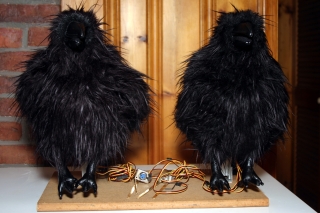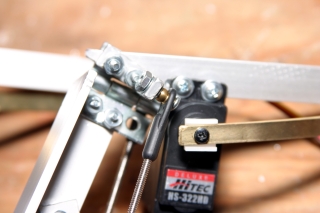When I was a kid, trick-or-treating was all about going out after dark. Sure, we’d wear our costumes to school for show and tell or some more pointed Halloween activity. But costumes during the day? That was kids stuff. Literally.
The real fun started when it got dark. Usually about 6:00 it would be time to break out the flashlights and glow sticks. Remember when glow sticks first came out? I do. That was awesome.
My memory of childhood is flawed at best. I am sure that Halloween wasn’t quite as wonderful as I like to remember it. Still, I know two things: My Mother served dinner at 5:00 every one of my days growing up. And I would not have gone out without having eaten first.
Why then does trick-or-treating start so early? I need it to be dark.
Yes, there are visual effects I use that don’t work in daylight. I don’t want the “quality” of the display to be diminished for early arrivals, but really It’s about me. I don’t want people to see me. At 5:00, I’m still sweating my ass off trying to screw in that last light bulb. It’s not pretty.
Actually it was 7:00 when Ruth called to me on the roof. There was one last thing I needed to get working, but it was too late. Halloween was over.
The good news is that the talking ravens worked.
Did they provoke the reaction – the raw emotion that I expected? No. No they did not, but the technology held up. Here is proof:
[tube]http://www.youtube.com/watch?v=f1A9mhd0Uw0[/tube]
To my surprise, I had forgotten to video record the birds on Halloween. I made this video after pulling them from the lawn. I didn’t have it in me to run the cables back outside again. Still pictures will be in another post.
Next year I’ll make them say something different. I’m thinking of building a much more frightening centerpiece. I’ll probably have the birds react to whatever that is. We shall see…


